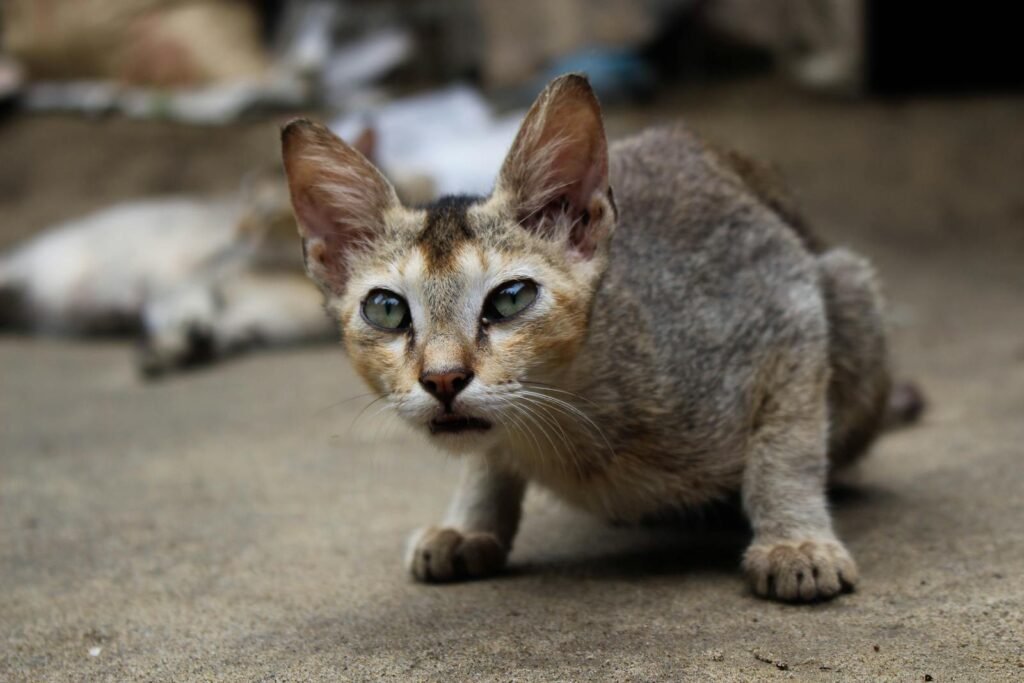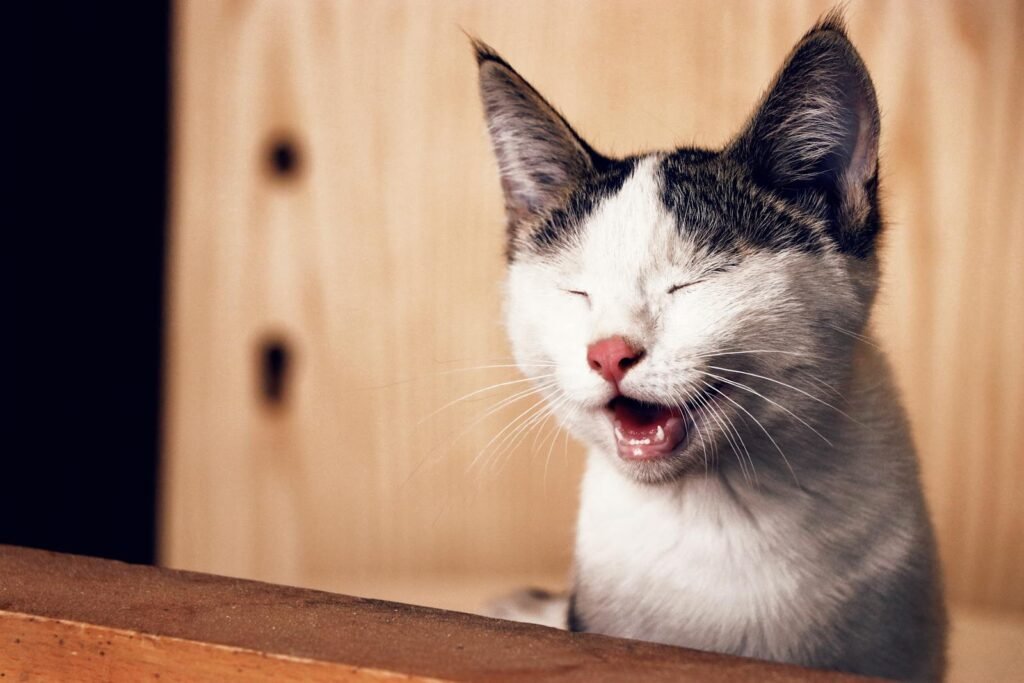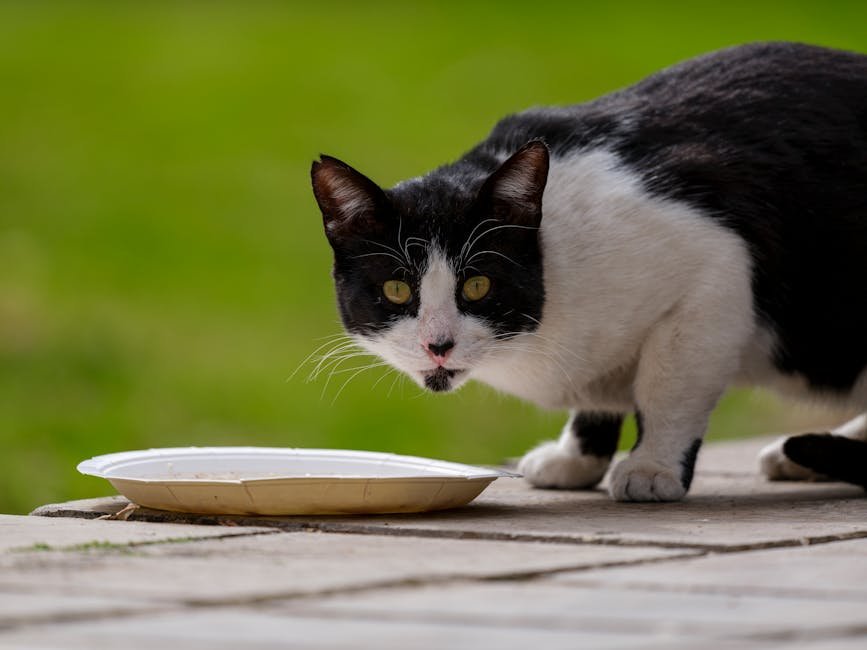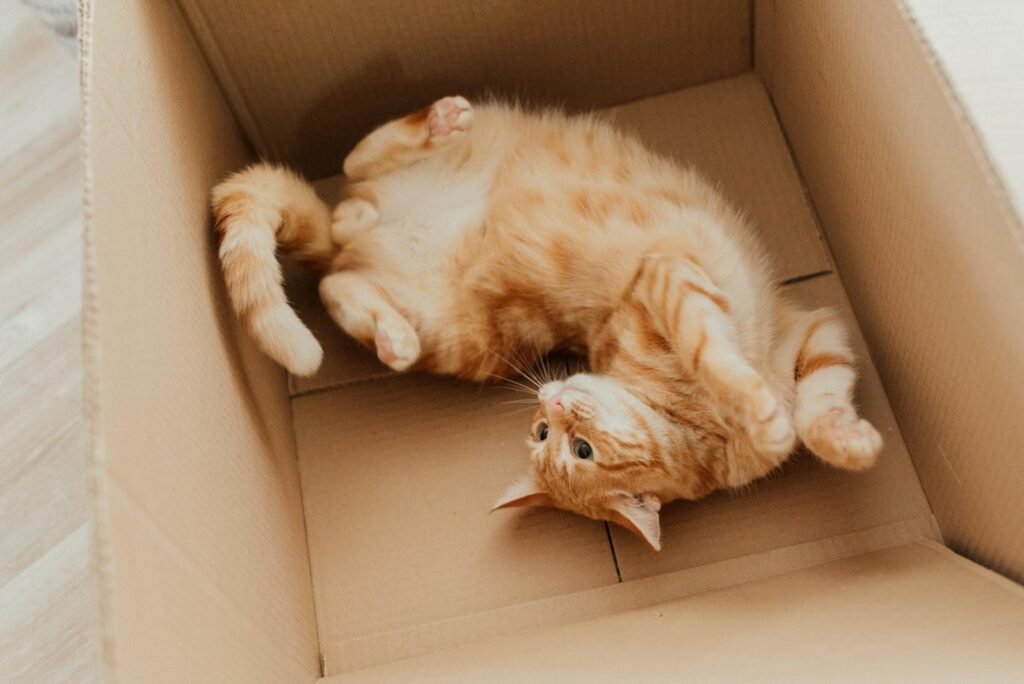Cats are known for their mysterious and independent nature. However, just like humans, they have their own set of emotions and behaviors. Among these is the feeling of jealousy. If you’ve ever wondered whether your furry friend might be feeling a little envious of someone else in your home, you’re not alone. Understanding the telltale signs of cat jealousy can help you address the issue and restore harmony.
Unusual Aggressive Behavior
When a cat starts showing uncharacteristic aggression, it may be a sign of jealousy. This behavior can manifest as hissing, growling, or swatting at the person they perceive as a threat. Imagine your cat as a small knight defending its kingdom, wary of any potential usurpers. Cats are territorial creatures, and when someone new enters their space, it can feel like an invasion. If your usually gentle feline becomes a tiny terror when a certain person is around, jealousy might be the root cause.
Excessive Clinginess

A jealous cat might become overly attached to you, following you around more than usual. Picture a shadow that never leaves your side. This sudden clinginess is their way of seeking reassurance and attention. They may sit on your lap more often or meow insistently until they have your full attention. It’s their way of reminding you that they should be your number one priority. This behavior shift can be endearing but might also be a sign that your cat is feeling insecure.
Destructive Tendencies

If your cat starts knocking things off shelves or tearing up furniture, jealousy might be at play. Think of it as your cat’s way of throwing a tantrum, similar to a child who feels neglected. They might target items associated with the person they’re jealous of, such as a sweater or a book. It’s their way of expressing their displeasure and asserting dominance over the environment. Understanding this behavior can help you address the root cause rather than just the symptom.
Changes in Eating Habits

A noticeable change in your cat’s eating habits can also be a sign of jealousy. They might eat more or less than usual, using food as a way to cope with their emotions. Like humans turning to comfort food, cats might indulge or refuse to eat as a reaction to stress. If your cat suddenly becomes a picky eater or starts devouring their meals with unusual gusto, it might be time to assess their emotional state. Ensuring they feel secure can help normalize their eating patterns.
Ignoring the Litter Box

One of the more unpleasant signs of jealousy is when a cat starts ignoring their litter box. This behavior can be a form of protest, signaling that they’re not happy with the current situation. Imagine it as your cat’s version of holding a protest sign. They’re trying to communicate their dissatisfaction in the only way they know how. If your cat starts having accidents outside the litter box, it’s crucial to pay attention and address any underlying emotional issues.
Vocalization Changes
Your cat’s vocalizations can also provide clues about their emotional state. A jealous cat might become more vocal, using meows, yowls, or even growls to express their displeasure. It’s as if they’re trying to have a conversation with you, telling you exactly how they feel. These vocal changes can be their way of drawing your attention back to them, demanding that you listen to their concerns. Paying attention to these changes can help you understand what your cat is trying to communicate.
Withdrawal and Hiding
On the flip side, some cats might react to jealousy by withdrawing and hiding more than usual. This behavior can be likened to a person retreating to their room when feeling upset. If your cat starts spending more time in secluded spots, it might be their way of coping with feelings of jealousy. They might avoid interaction altogether, choosing solitude over confrontation. Recognizing this behavior is key to helping your cat feel more secure and loved.
In summary, understanding the signs of jealousy in cats is crucial for maintaining a harmonious household. By recognizing these behaviors, you can take steps to reassure your feline friend and address any underlying issues. Remember, a little extra love and attention can go a long way in keeping your cat happy and content.

Linnea is a born and bred Swede but spends as much time as possible in Cape Town, South Africa. This is mainly due to Cape Town’s extraordinary scenery, wildlife, and atmosphere (in other words, because Cape Town is heaven on earth.) That being said, Sweden’s majestic forests forever hold a special place in her heart. Linnea spends as much time as she can close to the ocean collecting sea shells or in the park admiring puppies.






